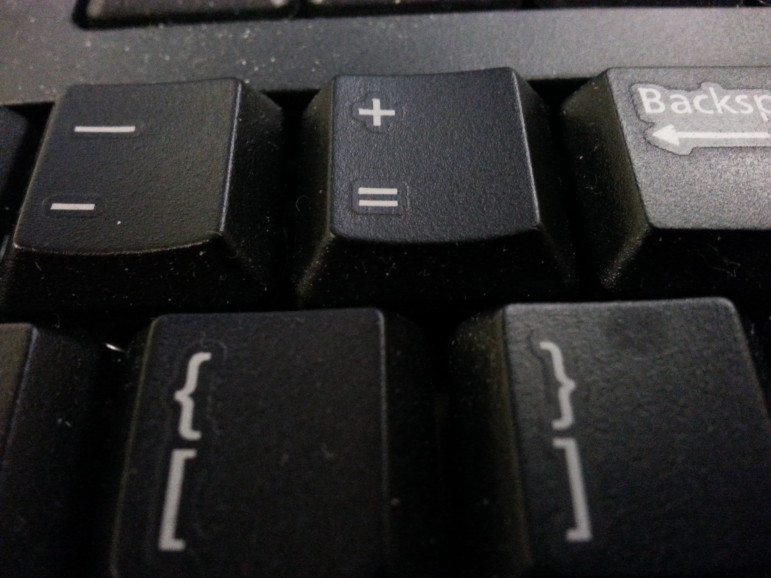
J. Murphy
Is internet connection a matter of racial equality in NYC? Absolutely.
To be clear, racial inequality will not be solved just by providing more fast and reliable internet connections. However, as we move forward in the digital age, if we do not meet the technology needs of communities of color we will be much further away from solving the challenge of racial inequality by exacerbating the already pronounced digital divide.
The Franchise and Concession Review Committee will vote this week to fund LinkNYC, a project designed to increase wireless hotspot connectivity across the city. This project, if funded and implemented well, is good news for all New Yorkers, particularly New Yorkers of color.
Reliable, affordable internet service is a crucial connector to opportunity. The internet is the most rapid, open and accessible form of connection to information and people. The social media space is at the forefront of everything we do, education to health to engaging on a one-on-one level. Social media has also been a platform for communities of color, who by and large are not represented by or in mainstream media, to share their stories and news relevant to their communities, often catalyzing action from the local to national level. We have repeatedly seen the benefits of having a strong online communication infrastructure, like the one that the Red Hook Initiative developed and maintained in the wake of Hurricane Sandy or the organization of #BlackLivesMatter in light of tragedies like the murders of Trayvon Martin, Mike Brown and Eric Garner. Broadband internet connectivity is a key lever in ensuring that Black voices are heard, and that they have the means to resist, organize and thrive.
In the process of expanding reliable and affordable internet access, one size will never and should never fit all. As experts have noted, getting to 100 percent affordable, accessible broadband, for example, and closing the gaps in service and cost, requires a set of approaches, including private-sector, non-profit, and cooperative broadband solutions neighborhood by neighborhood. At the Center for Social Inclusion, we emphasize that these neighborhood solutions will only be meaningful and sustainable when design and deployment is deeply informed by community members, particularly low-income communities and communities of color for whom the technology would make the most difference.
Here’s where LinkNYC comes in. The project is a place-specific, real-time solution to the current internet crisis, converting aged payphones into free wireless hotspots around the city at speeds, even at the lower end, much faster than what the current duopoly (Comcast, TimeWarner) provide. The project is also a test case for what true investment in a participatory process for deployment could look like, neighborhood by neighborhood. It provides a window of opportunity both to apply pressure to and guide the city through an equitable, transparent process that meets needs and surfaces community-driven solutions. LinkNYC is also promising because it will actually generate revenue that will hopefully be routed to support build out in underserved, outer borough communities, which tend to have high populations of communities of color.
To be fair, there have been suggestions that the plan would privilege build out and speed in wealthier communities. Unfortunately, yes, wireless solutions are often built on the existing infrastructure, which tends to be dated and inadequate in underserved communities, which again, are overwhelmingly communities of color. This is why the city needs to consider a variety of approaches, like “a broadband enterprise zone” where traditional economic development incentives such as tax breaks or loans can help start or expand service.
Will LinkNYC solve New York City’s racial inequality? Not by itself. Will it lead to the next level of opportunity for communities of color in NYC to thrive? Yes, it’s possible, if the city commits to a process that ensures meaningful community engagement and ownership. This is why we must support LinkNYC.









3 thoughts on “Why Broadband Connectivity Is Crucial in Tackling NYC’s Racial Inequality”
Broadband inequality also starts at services for the unemployed. NY State Unemployment office or they call the workforce centers have no wifi. This was reported to them many times to exec staff and ignored. As the ppl using these services are low income, have no wifi. Yet NY State has a wifi grant and nobody knows why they don’t use the grant in their own offices. Sadly, the NY State Department of Labor’s offices are something out of a back to the future movie. Seems Commissioners in charge refuse to address the lack of technology which could help job seekers.
Corruption, officials are stealing the money, that’s why there is such a market for Gucci, Hennessy and other premium brands among government officials. The officials can’t see past their own Iphone screen.
Why not create an ISP rooted in and built around the housing project system, that is free for project residents and public buildings, and low cost for people in the immediate areas?